Verfügbare Überwachungsstufen für dieses Produkt
Unsere UV-C-Anlagen bieten verschiedene Überwachungsstufen, die auf jede individuelle Anforderung abgestimmt sind.

Ohne Überwachungsstufe
- Manuelle Inspektion erforderlich
- Unabhängig von Technik nutzbar
ab 544,38€
Zum Produkt
Mit Lebensdauer-überwachung
- Automatische Laufzeitmessung der UV-C-Lampe
- LED-Anzeigen für Status und Voralarme (Grün/Gelb/Rot)
- Einfache Bedienung ohne manuelles Zählen
ab 663,37€
Ausgewählt
Mit Sensorüberwachung
- Permanente Überwachung der UV-C-Leistung
- LED-Anzeigen zur Leistungsintensität (Grün/Gelb/Rot)
- Sofortige Erkennung von Verschmutzungen oder Leistungsabfall
- Optimale Kontrolle ohne zusätzlichen Aufwand
ab 941,03€
Zum Produkt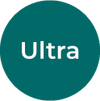
Mit Magnetventil
- Permanente Überwachung der UV-C-Leistung
- LED-Anzeigen zur Intensität (Grün/Gelb/Rot)
- Automatische Abschaltung bei Leistungsabfall
- Stromloses Magnetventil schützt auch bei Stromausfall
- Maximale Effizienz und Benutzerfreundlichkeit
ab 1.585,57€
Zum ProduktTechnische Daten
Hier findest du alle technischen Spezifikationen.
| Hersteller | PURION GmbH |
| Anschluss | R 1" |
| Reaktor | Stainless steel 1.4571 |
| UVC-Transmission | 90% T1 cm |
| Anlagentyp | PURION 2000 |
| Gewicht | 2.8 kg |
| Dichtung | FPM |
| Wassertemperatur | 8 °C to 40 °C |
| Elektrischer Anschluss | 110 - 240 V, 50 - 60 Hz |
| Dosis | 400 J/m² |
| Strahlernutzungsdauer | 10,000 h |
| Leistung | 48 W |
| Absicherung | 10 A |
| Durchsatz | 2,000 l/h drinking water |
| Flanschabstand | 500 mm |
| Maximaler Betriebsdruck | 10 bar |
| Anzahl der Strahler | 1 |
| Dimensionen (L x B in mm) | 578 x 42 |
Downloads
Technische Dokumente zum Herunterladen
Lieferumfang
Was im Lieferumfang enthalten ist
Häufig gestellte Fragen
Hier findest du Antworten auf die häufigsten Fragen zu unserem Produkt.
Passendes Zubehör für PURION 2000 OTC
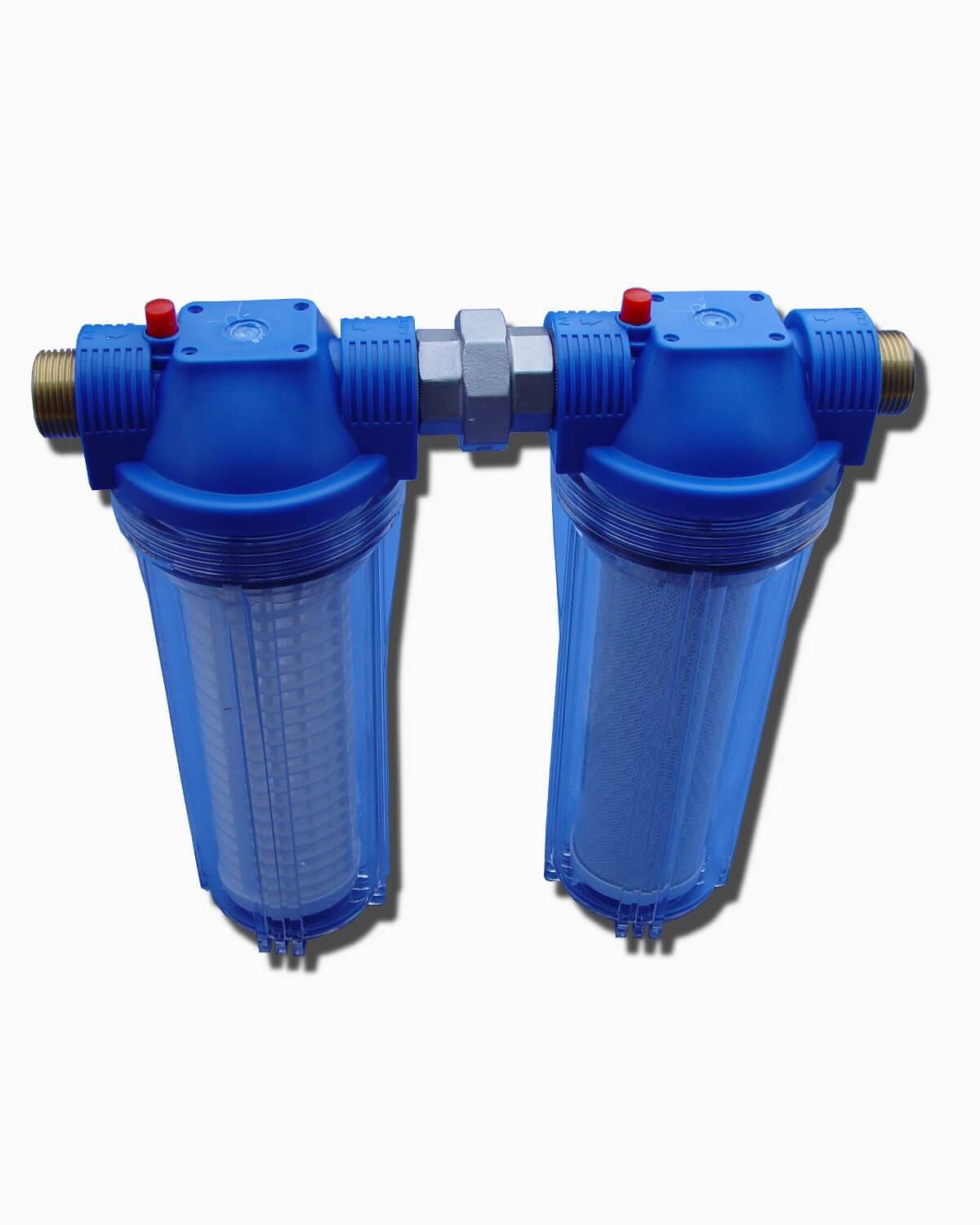
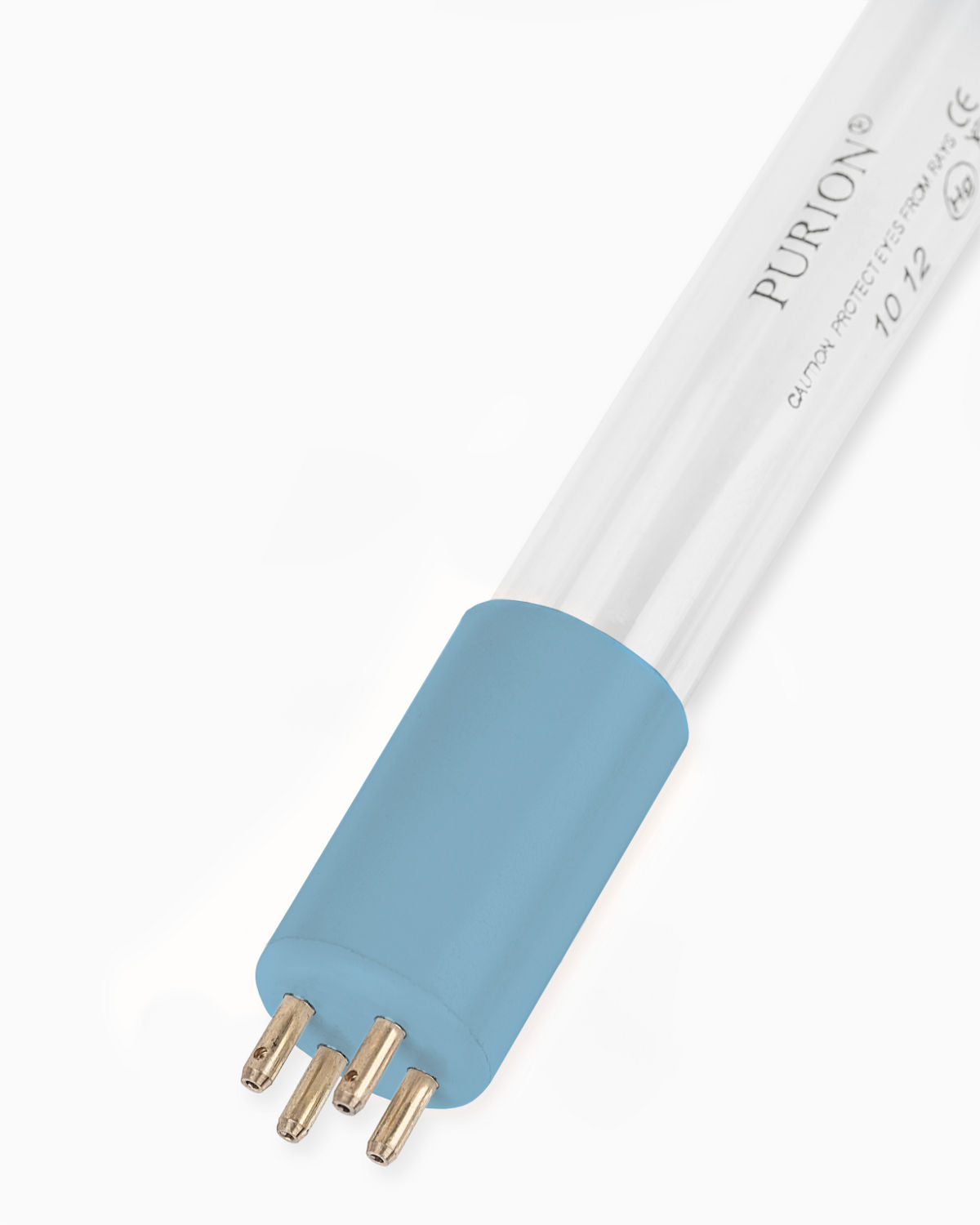
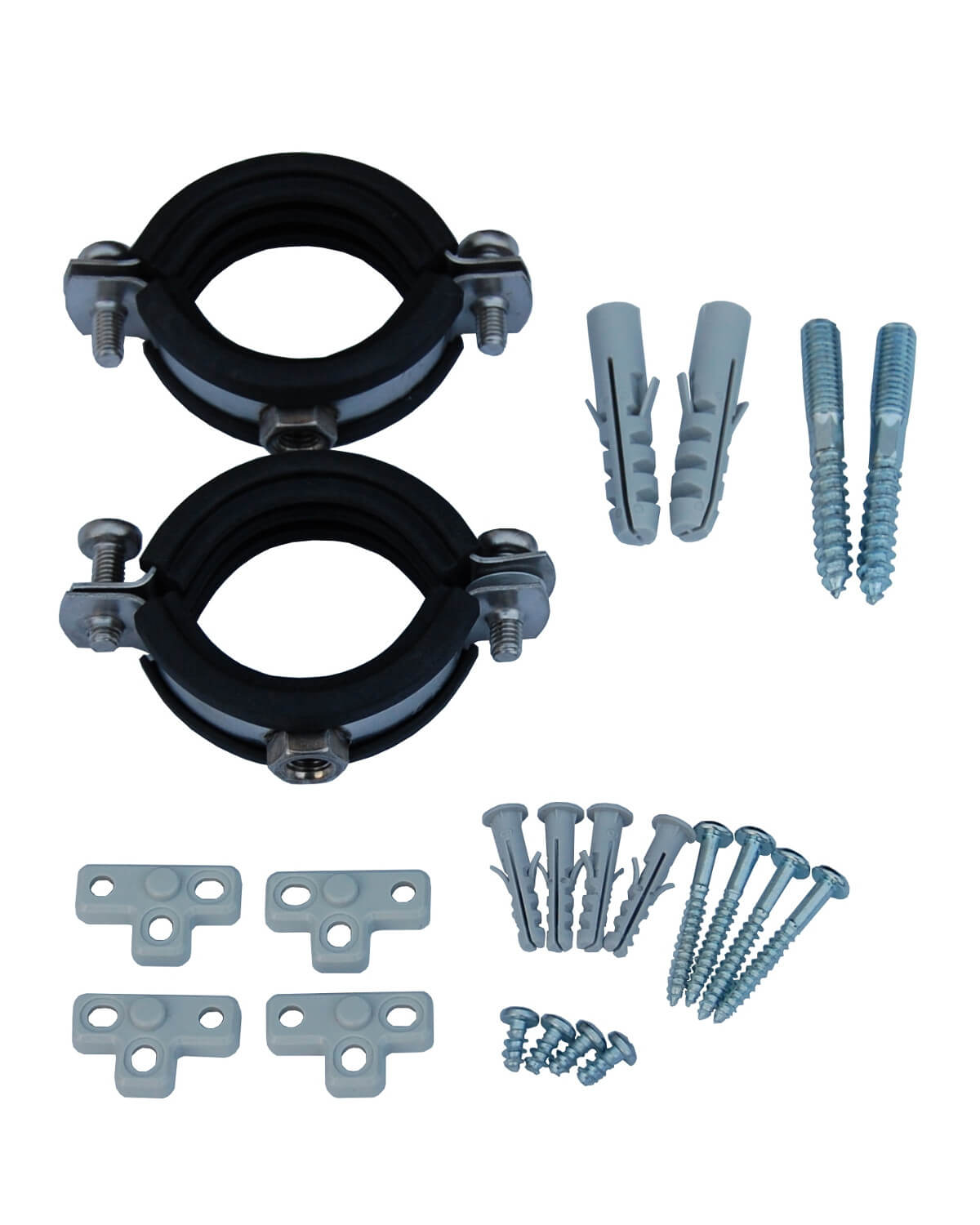
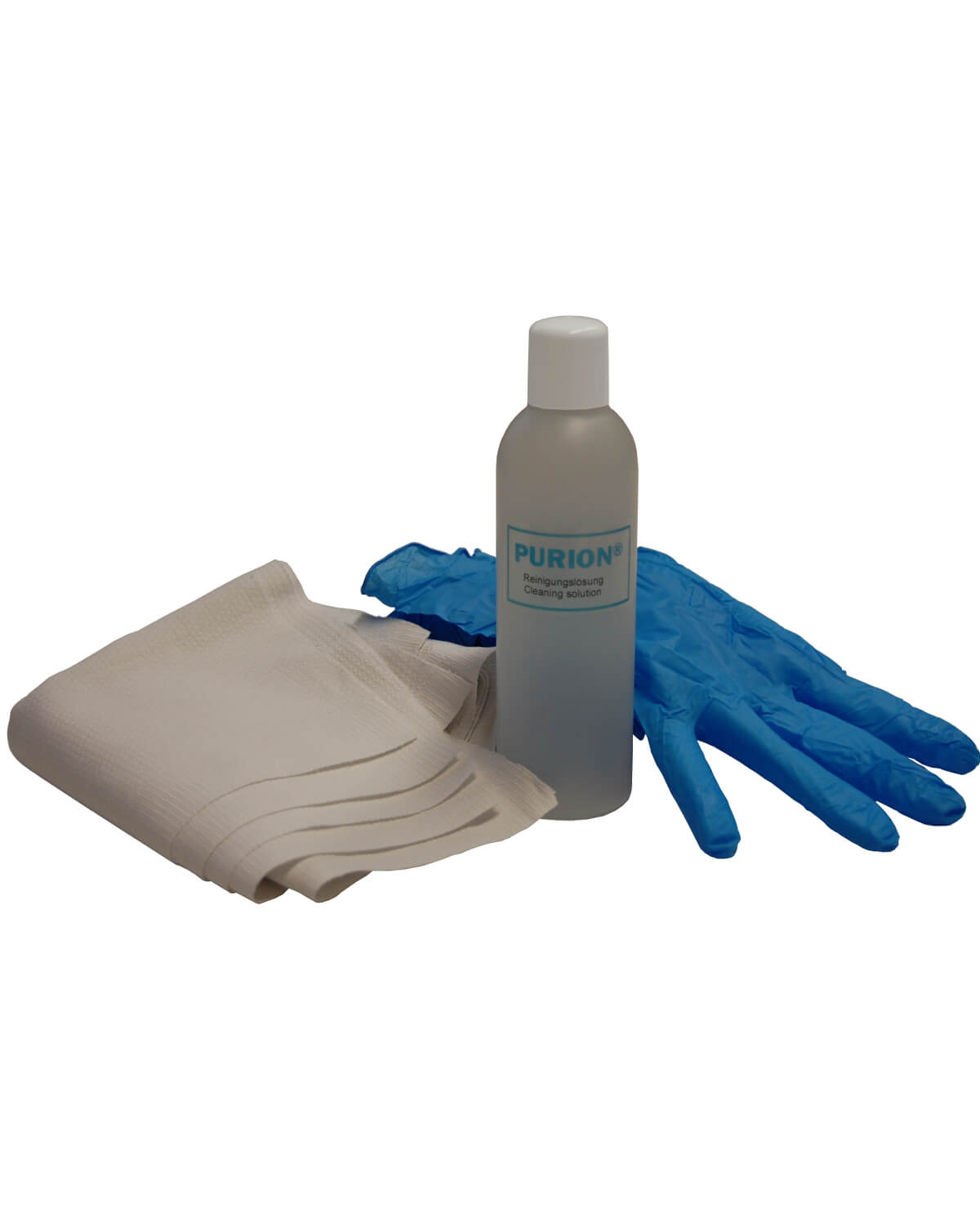
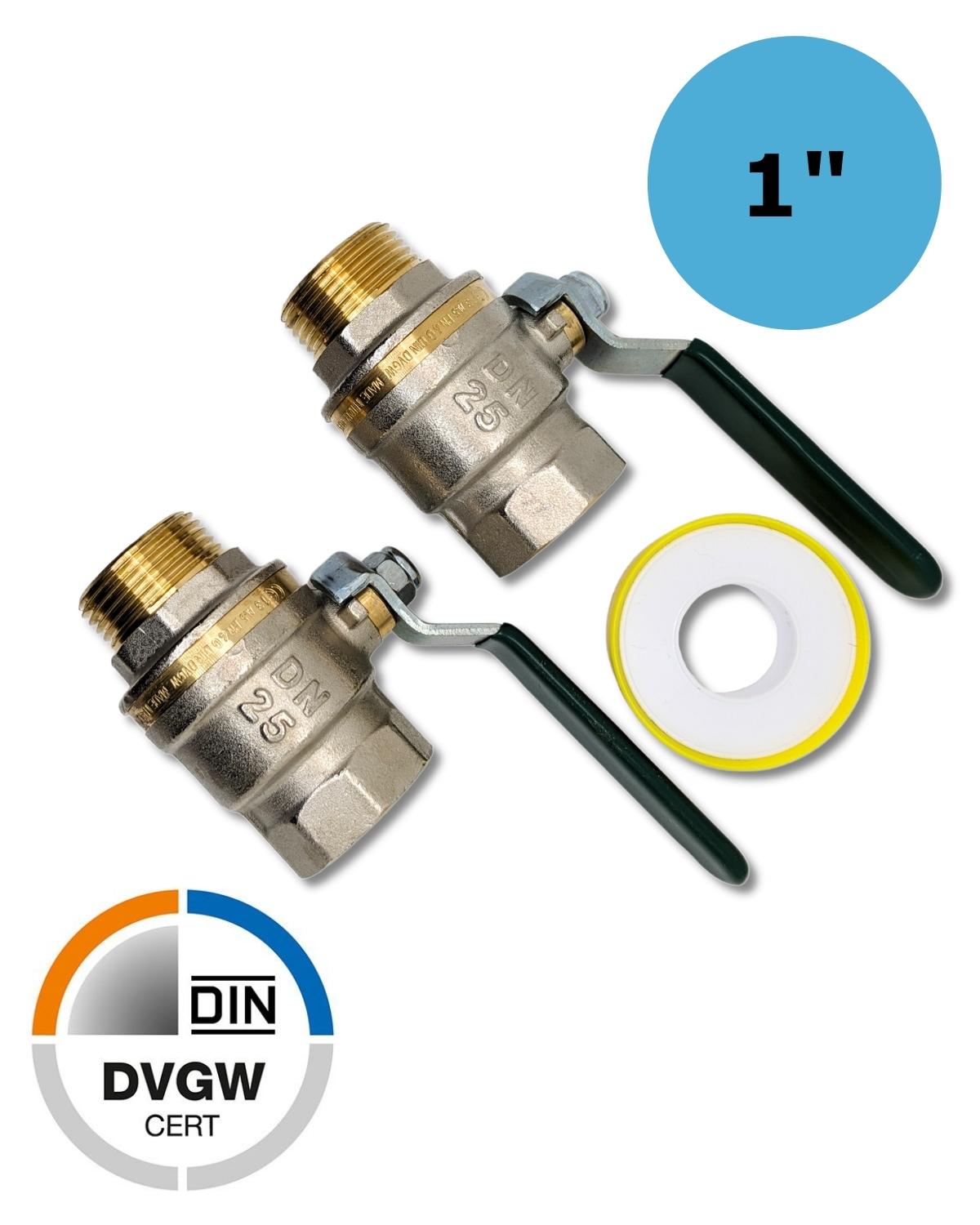
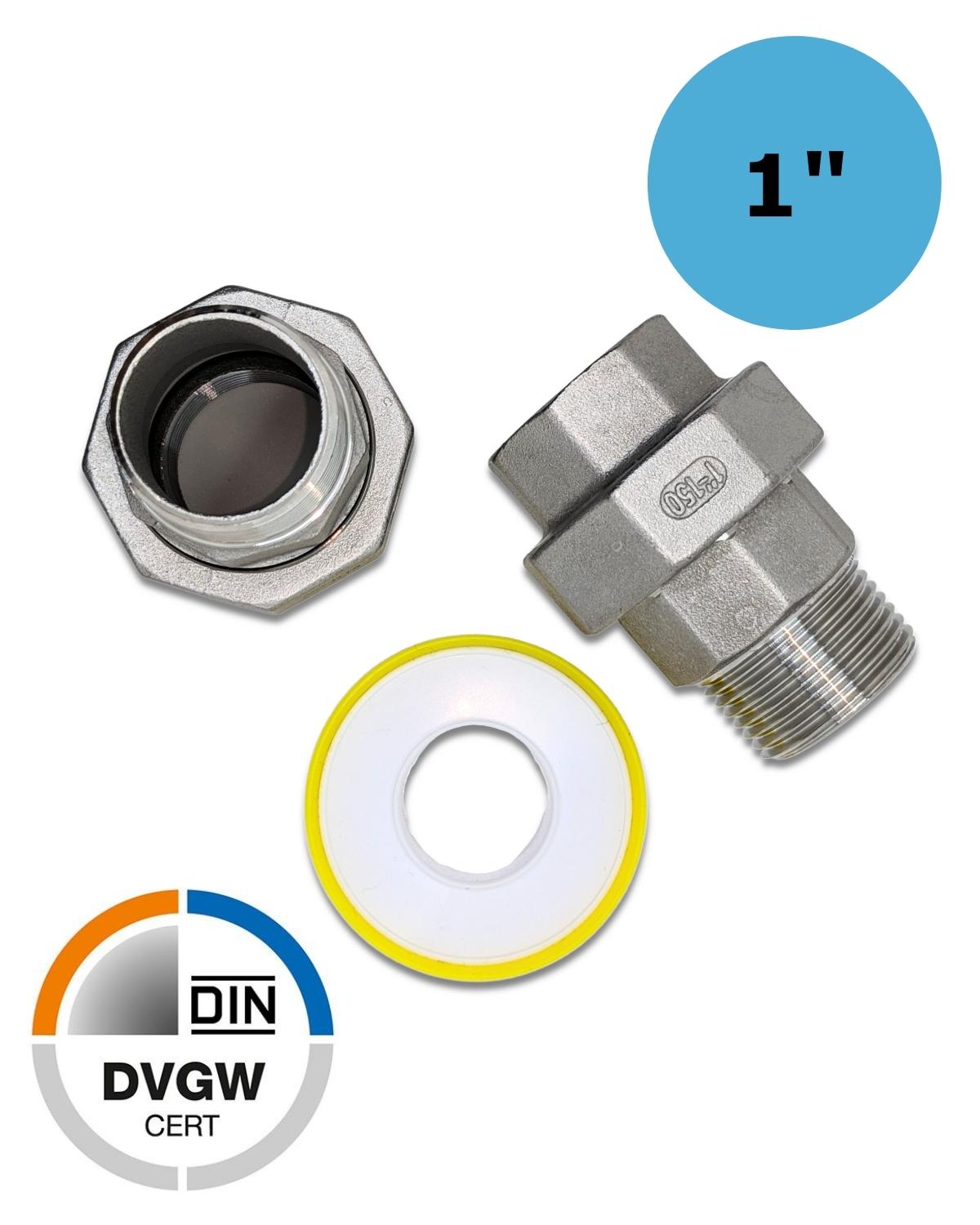
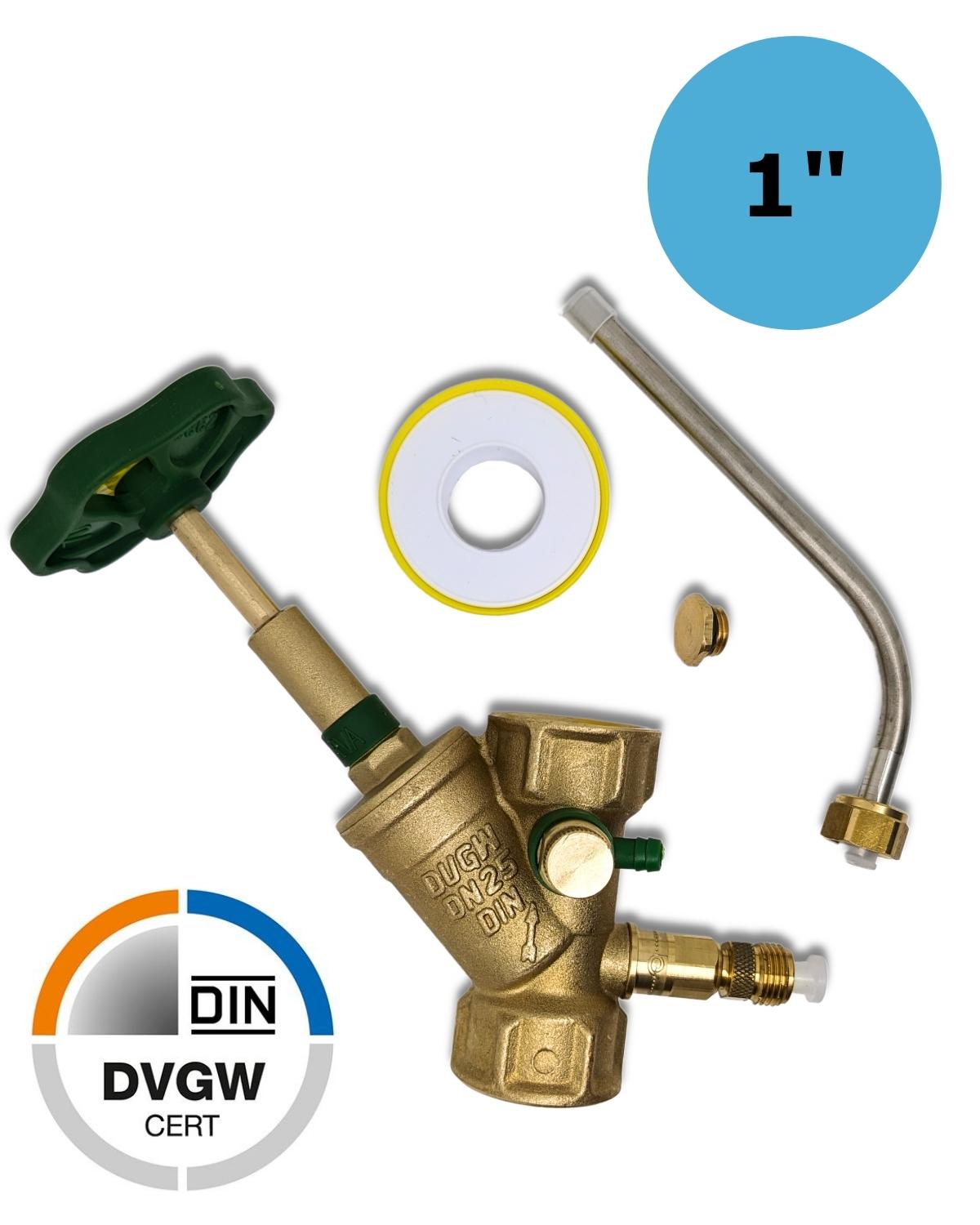
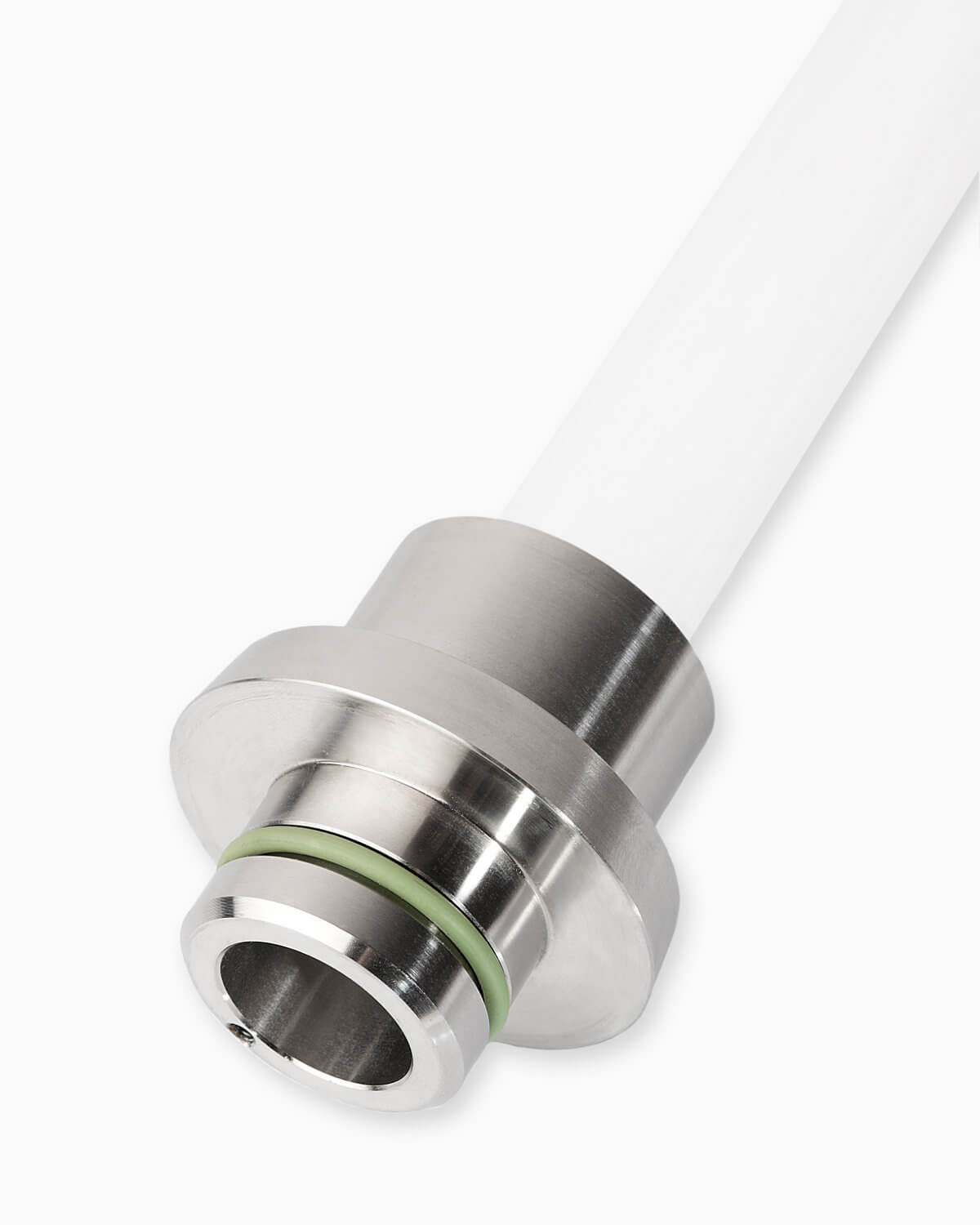
Passende Beiträge zum Produkt
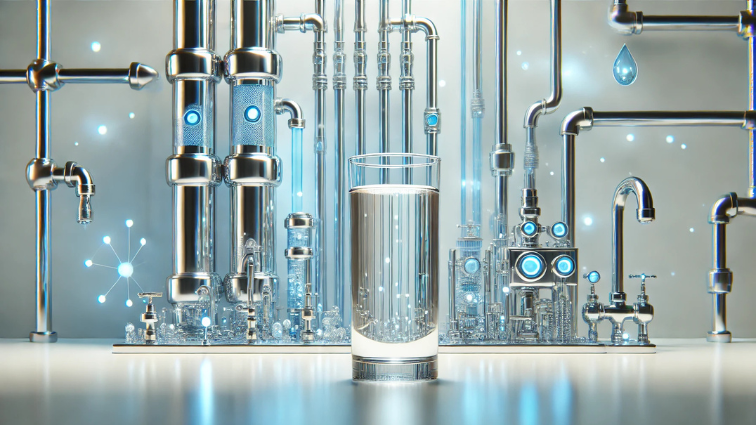
Guide to UVC Disinfection: Everything You Need to Know - Drinking Water
Experience the benefits of UVC disinfection: chemical-free, effective, and sustainable – for germ-free and safe drinking water in every household.
Zuletzt angesehen
Alles Wichtige zu Versand & Kauf
Benötigst du Hilfe? Wir sind für dich da!
 Telefon: +49 3641 327 9697
Telefon: +49 3641 327 9697
 Offizieller Purion Händler
Offizieller Purion Händler
 Europaweite Lieferung
Europaweite Lieferung

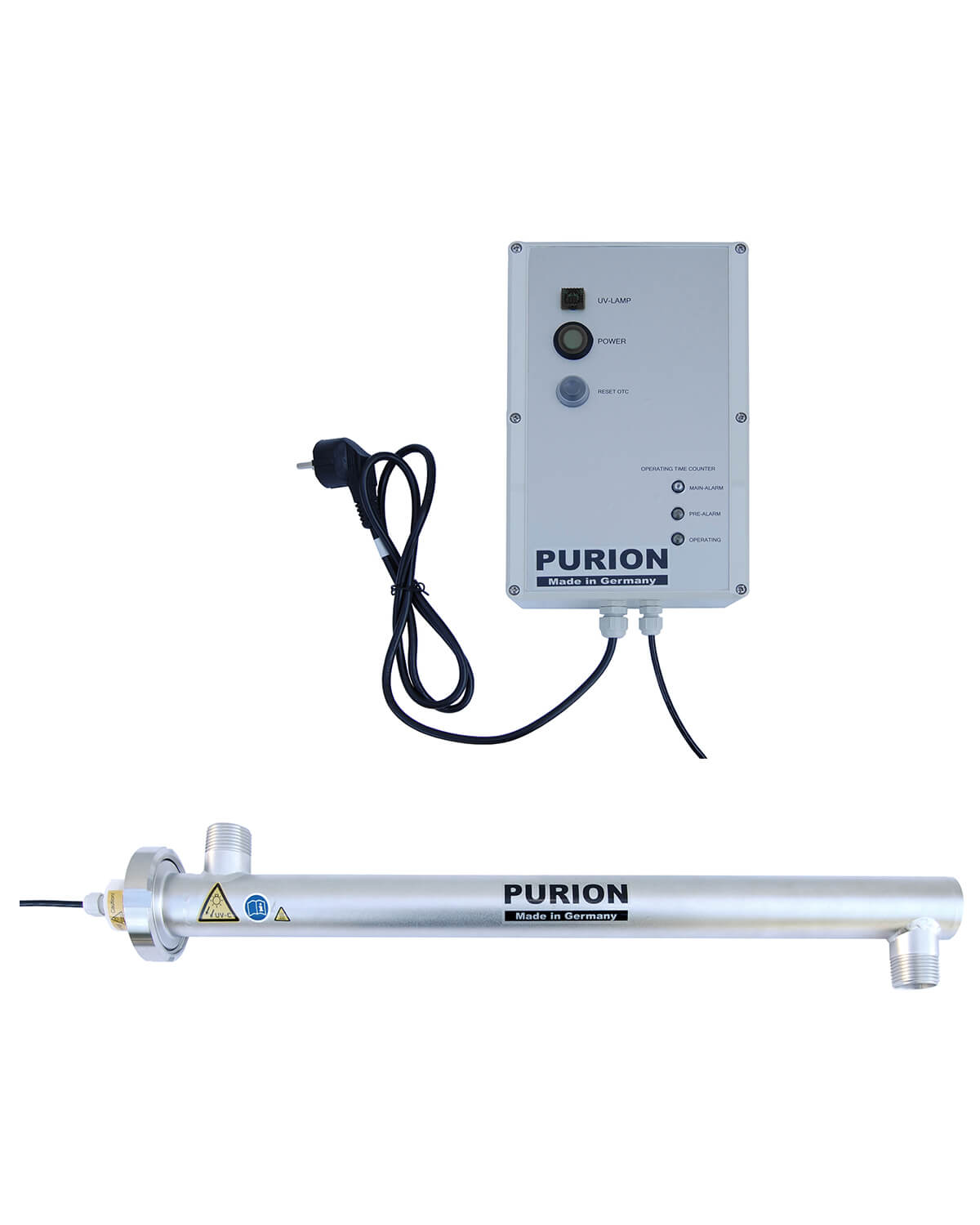
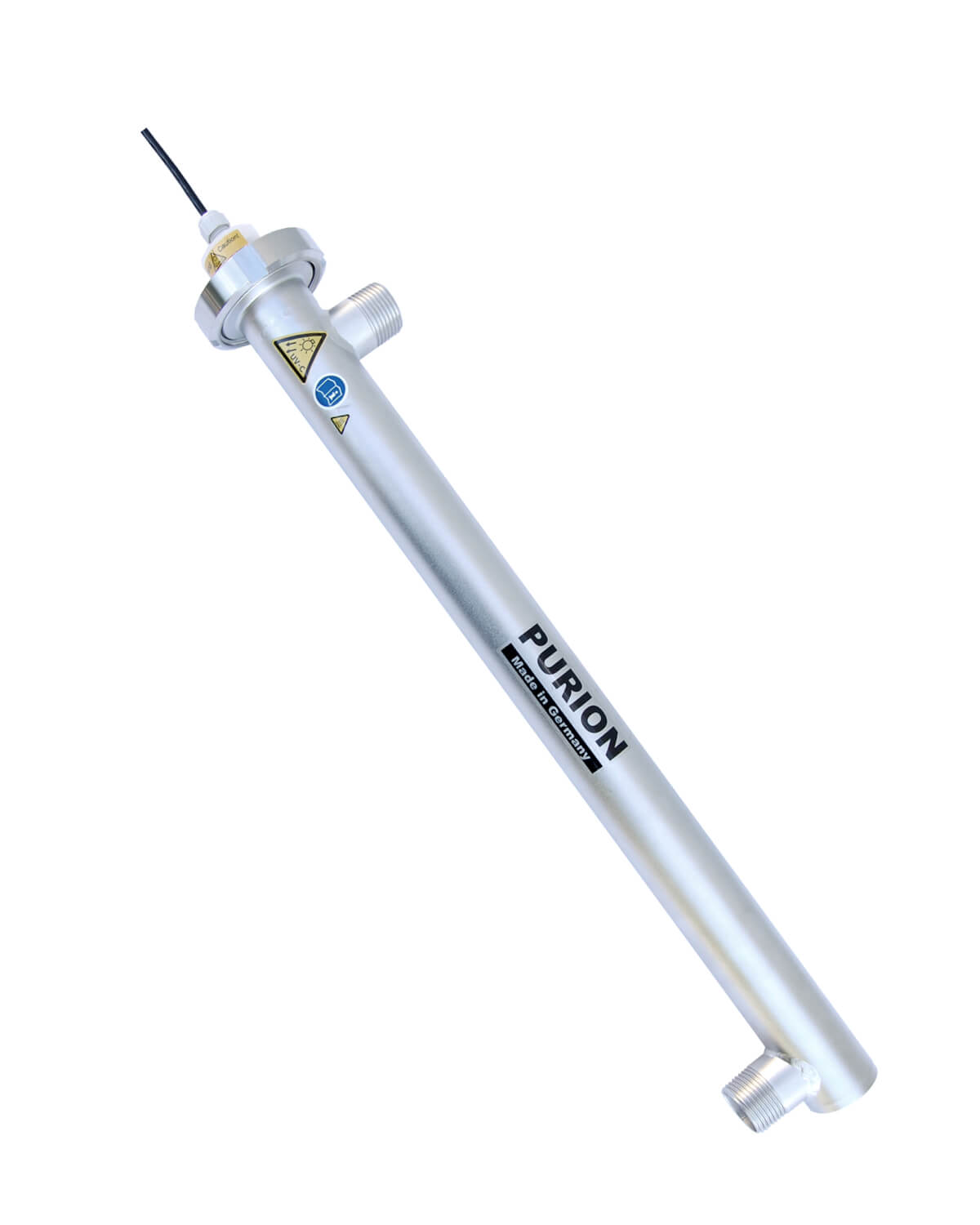
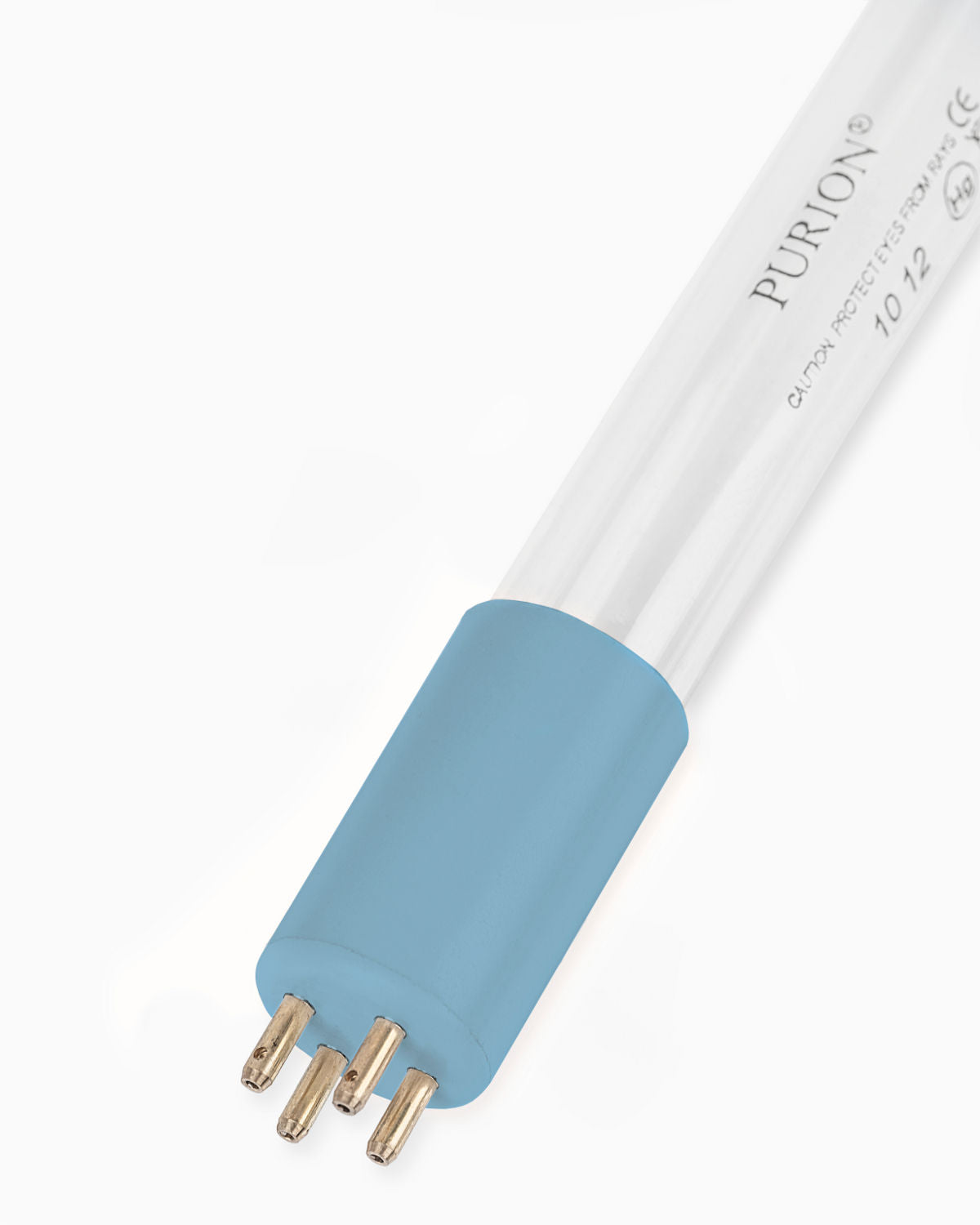
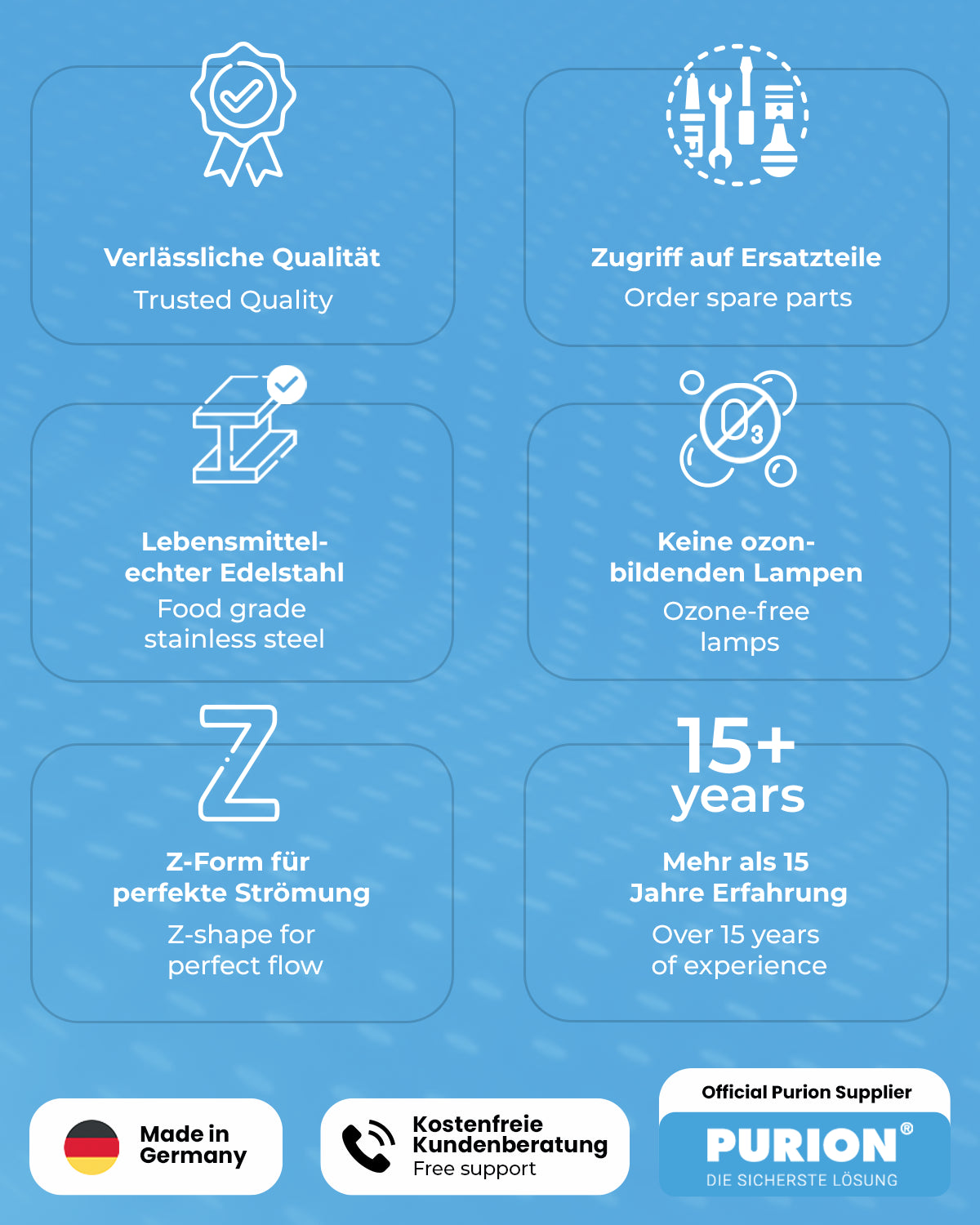

 Datenblatt herunterladen
Datenblatt herunterladen
